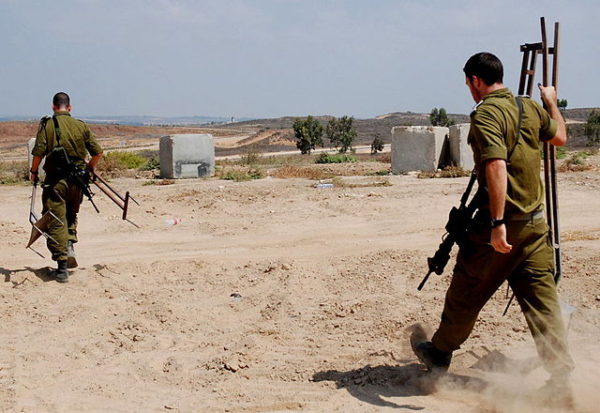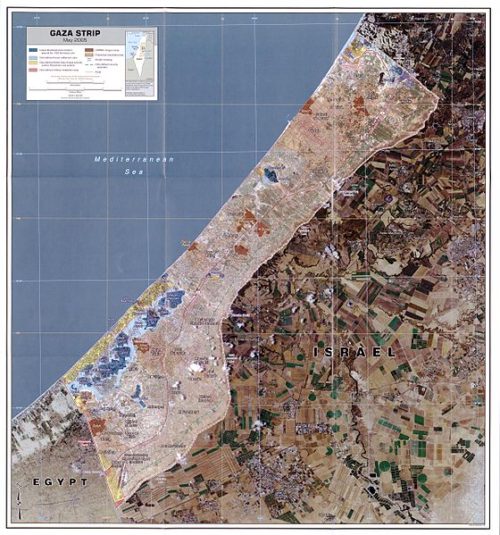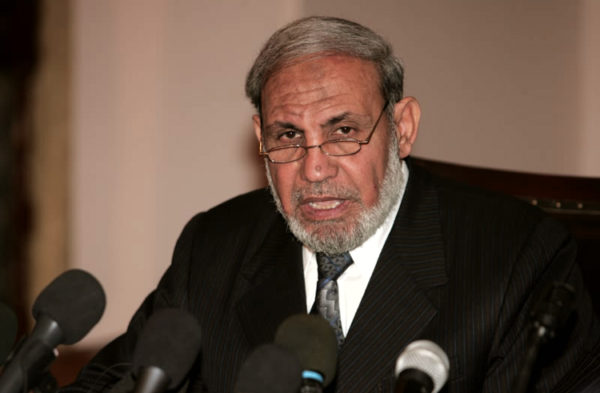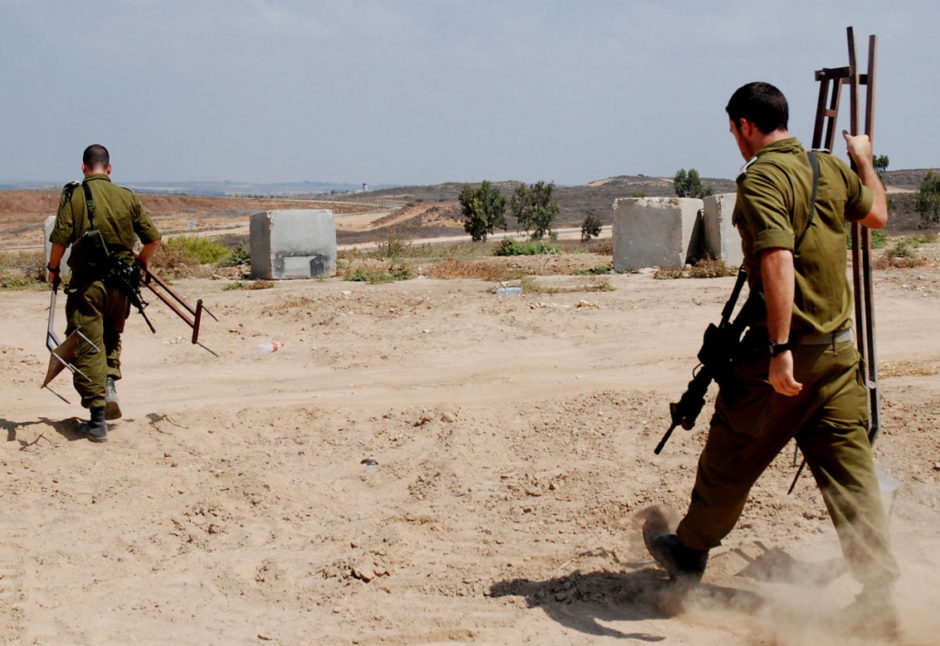Round two of the Palestinians’ March of Return, which took place on April 6, unfolded almost exactly the same as the first one on March 30.
Twenty thousand Palestinians Arabs converged on a tent encampment in the Gaza Strip adjacent to Israel’s border fence to protest Israel’s blockade of Gaza and to call for the return of Palestinian refugees to their former homes in what is now Israel.
Yet again, Hamas dubbed it as a peaceful protest. But in fact, a small number of the marchers threw Molotov cocktails and stones, burned tires and tried to cut openings in the barrier, prompting Israeli troops guarding the border to respond with tear gas, rubber bullets and live ammunition.

Nine Palestinians were killed and about 400 were wounded. The week before, when 30,000 Palestinians participated in the event, 21 Palestinians lost their lives and several hundred were injured.
More such protests are on their way. They are expected to culminate on May 15, the 70th anniversary of the nabka, which commemorates the flight and expulsion of some 700,000 Palestinians from Israel, which marks its seventh decade of statehood on May 14.
Hamas — the Islamic movement which violently seized control of Gaza in June 2007 and has fought three wars with Israel since 2008 — is the chief organizer of the March of Return. Although Hamas markets it as a non-violent protest, it is anything but that. Armed Hamas operatives have mingled with the protesters, using them as human shields. Piles of tires have been set alight to provide smoke screens for terrorists trying to cross into Israel.
And in a tacit ploy to encourage “martyrdom,” Hamas announced it would pay $3,000 to the families of each Palestinian killed and $200 to $500 to each of the injured. By Western standards, these are paltry sums. But in an impoverished place like Gaza, where unemployment is rampant and United Nations food handouts are a necessity for most Gazans, virtually every penny counts.

It should be understood that, for Hamas, the March of Return is a marketing strategy to promote one of its chief objectives — the right of return, an objective that Israel rightly rejects out of hand. If significant numbers of Palestinian refugees were allowed into Israel, the demographic balance would eventually shift in favor of the Palestinians, setting the stage for Israel’s disappearance as a Jewish state. This is not what the vast majority of Israeli Jews desire.
Nor is Israel prepared to stand idly by as Palestinians illegally try to breach its border. No country in the world would tolerate such blatant violations of its sovereignty. But as long as the Arab-Israeli conflict remains unresolved, and Gaza is mired in misery, Palestinians will think they have nothing to lose by joining public relations events like the March of Return.
Although Israel withdrew unilaterally from Gaza in 2005, Israel controls its land borders, air space and sea lanes. As far as the average Palestinian is concerned, Gaza is still occupied, a theme that Hamas leader Yahya Sinwar alluded to a few days ago when he warned that Gaza was ready to “explode in the face of the occupation.”
And in an inevitable reference to the right of return, Sinwar, who spent 23 years in Israeli prisons as a convicted terrorist, said that the Palestinians intend to breach Israel’s borders and “pray at Al-Aqsa,” a Muslim shrine in the Temple Mount complex in eastern Jerusalem.

Mahmoud Zahar, another senior Hamas leader, said that the demonstrations will continue until the Palestinians return to “all of Palestine.” He added, “We will not make any concessions even if the whole world conspires against us.”
Hamas has Israel over a barrel.
The international community recognizes Israel’s right to protect its borders from infiltrators, some of whom would harm Israelis if only they could. But Israel will be condemned for shooting Palestinians who try to damage or penetrate its border fence, which was built to deter terrorists in the first place.
What would Israel do if, say, 100,000 or more Gazans marched toward the fence, breached it and crossed into its territory? Kill hundreds of Palestinians? This is a nightmare scenario that may yet occur.
So far, Hamas has not been able to recruit sufficient numbers of Palestinians for such a deadly mission. But it could happen in the near future, with all its attendant consequences. In a foreshadowing of what foreign reaction might be, the European Union on April 7 said that the deaths of Palestinian protesters “raise serious questions about proportionate use of force” by Israel, and should be addressed.
Hamas’ “human shield” tactic, however, was condemned by the United States late last week, when President Donald Trump’s Mideast envoy, Jason Greenblatt, urged the Palestinians to engage in solely peaceful protests and stay at least 500 meters from the border with Israel. “We condemn leaders and protestors who call for violence or who send protestors — including children — to the fence, knowing that they may be injured or killed,” he said.

As a result, the United States again vetoed a United Nations Security Council statement supporting the right of Palestinians to demonstrate peacefully and endorsing Secretary-General Antonio Guterres’ call for an independent investigation into the protests in Gaza.
The United States, Israel’s closest ally, was the only member on the 15-nation council to object to the proposed statement. This can only mean that Hamas’ message resonates and is gaining traction.
More significantly, the March of Return appears to have bolstered Hamas’ standing among Palestinians, much to the detriment of its rival, the Palestinian Authority, and placed the Arab-Israeli dispute at the center of the global agenda once again.
